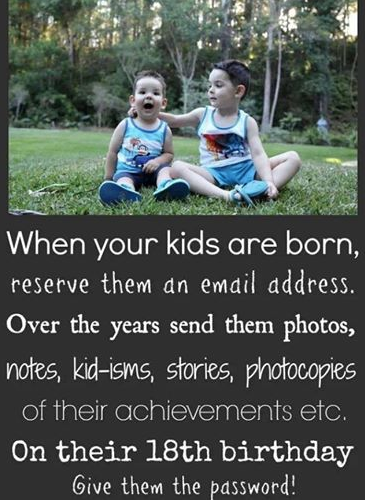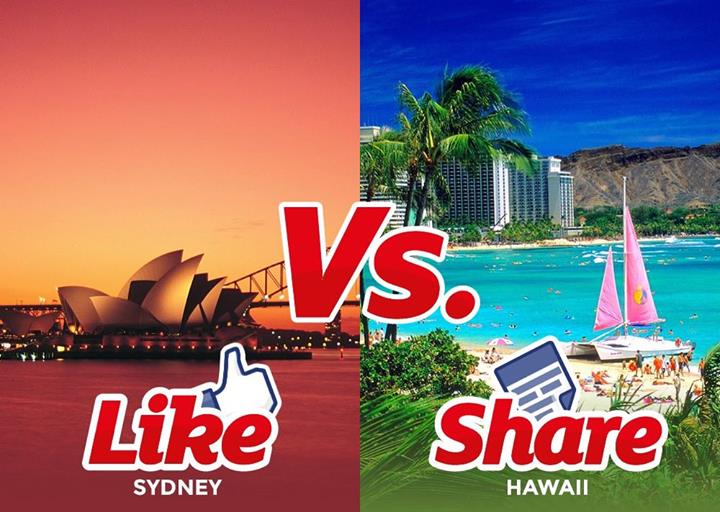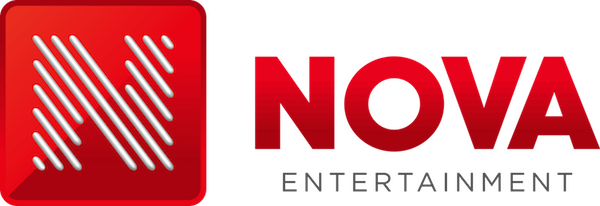Social for radio is not about the big number

Ny name’s Matt Deegan and I work with radio stations in the UK and around the world on various digital projects for a company called Folder Media. I also run a radio station for kids called Fun Kids and am involved in some European DAB radio stuff. I recently wrote a blog post about social media and radio. Here it is for you guys…
The biggest issue radio people have with social media is that they’re obsessed with the big number.
It started off with the Facebook Page Like number or the Twitter number of followers. On the radio it was plug, plug, plug whilst someone in the studio hit refresh. ‘Make it go higher, make it go higher,’ they wished.
Eventually people realised that it wasn’t all about the big number after all. It was about ‘engagement’ – yeah man, what’s your Retweet to Follower ratio? Favourites are the new RT don’t you know? Engagement is more important, but a lot of the stuff around it is bullshit.
The same issue with that original ‘big number’ now plagues how people measure engagement. The volume of Likes, RTs or shares mean very little on its own.
What you should be measuring is the action generated by engagement.
 My blog post was prompted by the increase in Radio Today article’s plugging engagement numbers like it’s the latest audience figures sweep such as ARN have unexpected response to social post and Mix Facebook Post Reaches 20 million +.
My blog post was prompted by the increase in Radio Today article’s plugging engagement numbers like it’s the latest audience figures sweep such as ARN have unexpected response to social post and Mix Facebook Post Reaches 20 million +.
The Mix story is that someone at the station found a meme (right) that had been circling for god knows how long and then pasted it, with an intro, on a station’s fanpage. It became viral. Great. But what does it actually mean for the station?
Well, on the positive side, lots of people will have seen the station name and logo. However the vast majority of these would have been outside of the TSA. The Page’s name is one of the world’s most generically named radio stations and there’s a frequency but not location. In the text there’s no reference to what show it is, or where it is etc. There’s no link to the station’s website. There is a call to action to encourage comments, which is okay, I suppose.
But what does it do for the station? Does it help its positioning? No. Does it help someone tune in for the first time? No. Does it re-affirm any brand values? No. Did the station re-create the image in a better way and add some branding on? No. Did they include a next action on station-owned media? No.
They cut and paste an image onto a page that had a decent amount of traffic and then they were lucky.
I would be embarrassed that this got 20 million because it does nothing whatsoever for the station.
It’s mean to just pick on them. Lots of radio stations around the world are obsessed with posting these memes because they get numbers they can be excited about. They are the only ones that care.
Radio stations’ fanpages that are full of memes are just lazy. They’re often unrelated to the station’s brand and positioning and they get in the way of content that pushes people to listen to the station or engage in places where stations can derive value. They also stop you doing the hard thing of making and promoting decent original content that actually engages with listeners.
People who click LIKE on your Fanpage or FOLLOW on Twitter are your superfans. They are your P1s. They love you. They want to hear from you. That’s you, the radio station, not you the meme-monkey.
There will be some followers who like the page because of the memes. THESE ARE THE WORST PEOPLE TO HAVE. They don’t care about your radio station, they only like the cats!
These real P1s should be pampered. 20% of your audience probably provide 65% or more of your hours. They should be worshipped! You should find ways to reflect your output even more! By clicking like or follow they’ve already told you they’re hungry for it. Where’s that video clip from the actually hilarious bit of the breakfast show, where’s the extra clue to the contest, where’s the pic of that embarrassing situation their favourite presenter got into?
If you sacrifice these things for merely viral posts, you’re mad. The only value you’re building is that for Mr Zuckerberg. 20 million views – means a couple of hundred million ad impressions for him. Well done. No wonder he can afford WhatsApp.
What the success of the viral memes should tell you is that at your station you have the tools necessary to make something go viral. That’s a brilliant thing to have. Why don’t you then make some content that is connected to your brand’s values, helps position you, as well as is fun, or silly, or racy, or whatever. Of course it’s harder to do than pressing CTRL-C and CTRL-V, but at least it will be worth something.
 And look what happens when you do, just having a quick look there are some great examples of unique content from stations and personalities. Things like Jules Lunds’ Block Like a Boss (1,700 shares), Kyle and Jackie O Game of Thrones pic – prompting fans to come to the station (pushing reach) or even Nova’s shameless Like and Share pushing on this promo that’s selling an on-air and on-line message (left). You do not need the memes!
And look what happens when you do, just having a quick look there are some great examples of unique content from stations and personalities. Things like Jules Lunds’ Block Like a Boss (1,700 shares), Kyle and Jackie O Game of Thrones pic – prompting fans to come to the station (pushing reach) or even Nova’s shameless Like and Share pushing on this promo that’s selling an on-air and on-line message (left). You do not need the memes!
To me, good Facebook pages, or Twitter feeds are places that combine a number of things together that help show you to be a rounded person (or brand).
In Facebook, it’s the combination of links, statuses, images, videos, content, promotion and hey, even the occasional meme – it’s something that shows your brand is real, accessible and worthy of being part of someone’s life. Indeed, worthy enough to be within a newsfeed that’s mainly what their ACTUAL friends are posting.
And at your station? Please never get obsessed with the big number. It doesn’t really mean anything.
You can follow Matt on Twitter and visit his blog at mattdeegan.com.
On Matt’s original blog, a comment was left by Bern. We thought it was worth sharing for its point of view on this topic….
Mainly agree! It’s easy to get a precise figure on “unique users”, but harder – and much more valuable – to measure what you bring to the world as a unique experience. The encouraging thing is that social networks are built around an idea which radio understands well, but gets weirdly twisted up when analysed too much – friendship.
Radio has always thrived on the intimacy of its relationships with listeners, who treat a station as a friend. That still happens, even in the networked, voicetracked world, as long as the station can be, to the listener, as unique, interesting, valued and responsive to them as a friend. Boasting on the reach of a meme post is kind of like boasting on how loudly you greet people in the pub – you might think it’s friendly, many will think it’s annoying, the people who aren’t already your friends will dismiss it as noise. But building a real friendship takes time, effort and substance.
I’m all for the virals, as long as they’re well selected and introduced the way a friend would share something with you, but I think a radio station with listener friends should be devoting a large part of its effort to sharing and celebrating what its listeners do. Friends do that. People who just yack at you without listening or responding aren’t your friends.
So I think the big number of “friends” (likes, etc) is important, as long we make the friendship mean something. Does Google or Facebook have a tool for measuring that, or do we just have to remember what it is to be a friend?



